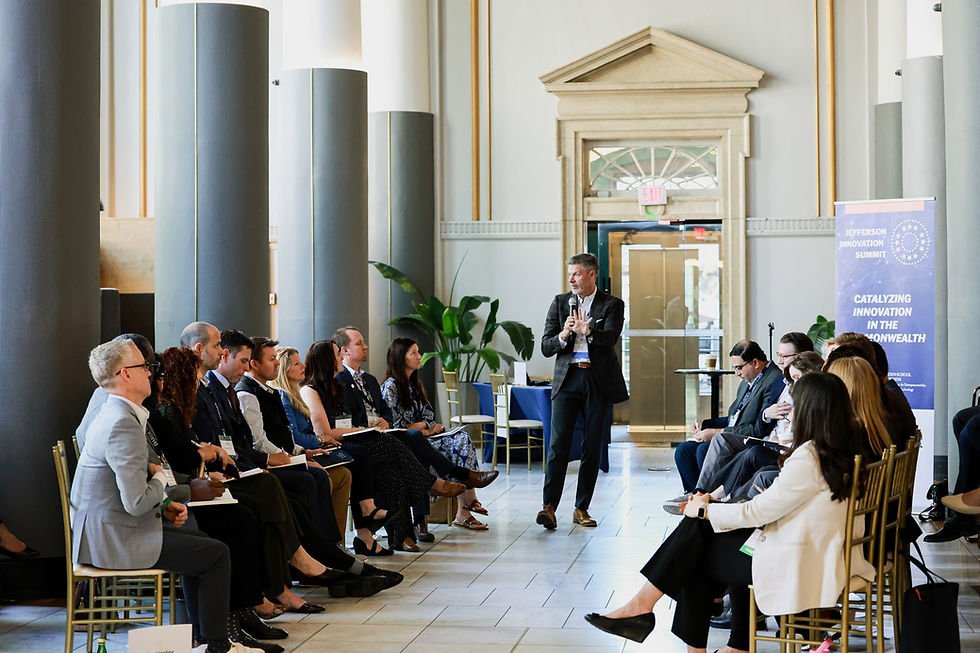UVA Law’s Dayna Matthew Finds Joy in “Defying the Predictors”
- Tom Tom Foundation Staff

- Jun 13, 2019
- 2 min read
Updated: May 8, 2020
“We must hold universities and public institutions accountable, not only for the fact that the socioeconomic divide should not be there, but that we—institutions of higher learning—actually created it, maintain it, and sustain it.”
At Tom Tom 2019, University of Virginia Law Professor, UVA Equity Initiative cofounder, public health leader, and author Dayna Matthew rocked our Civic Innovation Conference with a powerful kickoff presentation about the urgency of closing divides in our communities by “defying the predictors.” Matthew’s policy expertise shone brightly as she deconstructed the “town and gown” relationship—or “the barrier between the educated and the uneducated, the haves and the have-nots.” She framed her talk around many of the conference’s core themes, including equity in education, criminal justice reform, affordable housing solutions, and more. Ultimately, her keynote called on public institutions to recognize and correct their complicity in perpetuating inequities in social systems, and teed up both colleagues from UVA and powerhouses from organizations across the country to lead in-depth discussions about inclusive innovation in America’s hometowns.
Special thanks to The Community Ideas Stations and WVCE PBS for capturing the below footage and to UVA’s Office of the EVP-Provost and the Hartfield Foundation for serving as conference cohosts.
Although Brown vs. Board of Education marked the end of de jure segregation, Matthew notes how the American school system recalibrated to enforce the same levels of separation and isolation as it did decades before. Take Charlottesville, for example, where the achievement gap is staggering. So what do we do about it?
Matthew argues that universities and public institutions need not only address the ways inequity has shaped them, but they must actively seek change in the ways they admit and educate students, hire and compensate employees, and more.
Matthew points to the power of defying predictors in a system overvaluing the white and the wealthy.
By offering a statistical breakdown of 2016 incarceration rates, Matthew demonstrates how the American criminal justice system is rarely just—and how heavily racial bias dictates who’s handcuffed.




